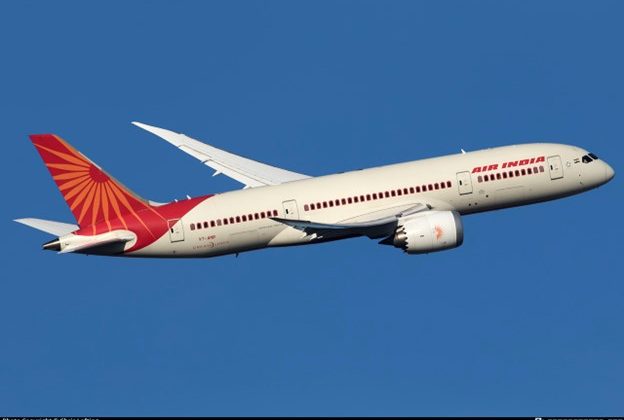
In an age of turbulent economic landscapes and fluctuating fuel costs, the aviation industry continues to soar, exhibiting resilience and strategic acumen in maintaining profitability. Behind the allure of efficient flight schedules and in-flight amenities lies a complex web of business strategies that fuel the profits of airlines worldwide.
Unveiling the Key Strategies:
1. Route Optimization and Fleet Management:

Airlines leverage sophisticated algorithms and data analytics to optimize flight routes, ensuring maximum efficiency in fuel consumption and minimizing operational costs. Strategic fleet management involves meticulous planning to match aircraft sizes to demand, allowing for flexibility in adjusting capacity while maximizing profits.
2. Ancillary Revenue Streams:
The evolution of ancillary revenue has significantly impacted airlines’ profitability. From baggage fees to in-flight entertainment and premium seat selections, carriers have diversified income sources beyond ticket sales, contributing substantially to their bottom line.
3. Loyalty Programs and Customer Retention:
Building a loyal customer base remains pivotal. Airlines invest heavily in loyalty programs, enticing frequent flyers with rewards, upgrades, and exclusive perks. These programs not only retain customers but also serve as a revenue driver by encouraging repeat business.
4. Cost-Cutting Measures and Operational Efficiencies:
A relentless pursuit of operational efficiencies and cost-cutting measures remains a cornerstone of airline strategies. Whether through streamlined ground operations, optimized maintenance schedules, or renegotiating supplier contracts, carriers consistently seek ways to reduce expenses without compromising safety or quality.
Challenges and Future Outlook:
Despite the evident success, airlines grapple with multifaceted challenges. Volatile fuel prices, geopolitical uncertainties, and unforeseen crises such as pandemics pose continuous threats to their profitability.
The industry’s future success lies in its adaptability and embrace of technological advancements. Concepts like sustainable aviation fuel, advancements in aircraft design for increased fuel efficiency, and innovations in passenger experience are pivotal in sustaining profitability while addressing environmental concerns.
Conclusion:
The aviation industry’s profitability isn’t simply about soaring planes but an intricate dance of strategic decisions, innovative thinking, and adaptability to an ever-evolving landscape. As airlines navigate through turbulence, their ability to navigate challenges while staying true to their core business strategies will determine their continued success in flying high amidst adversity.










